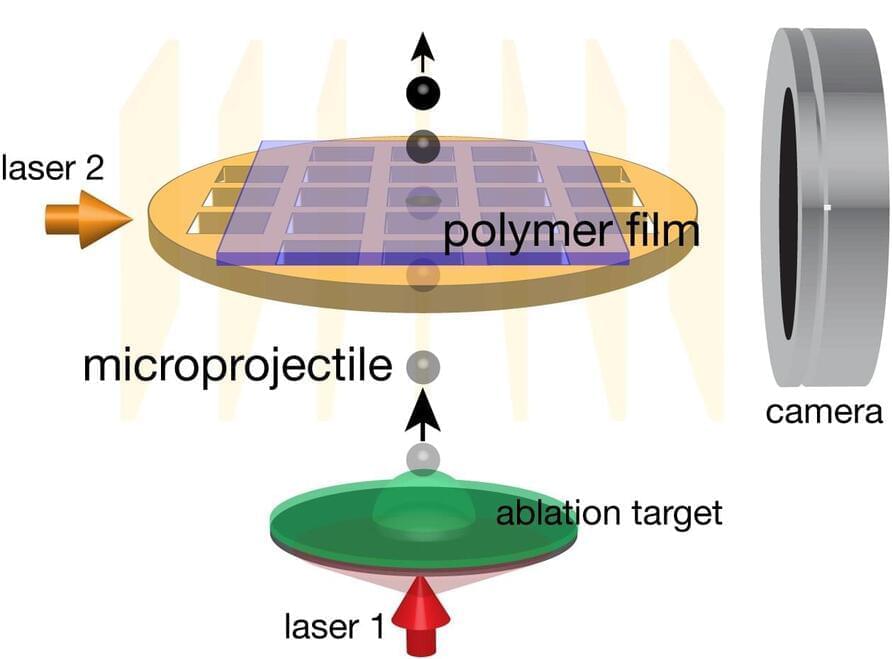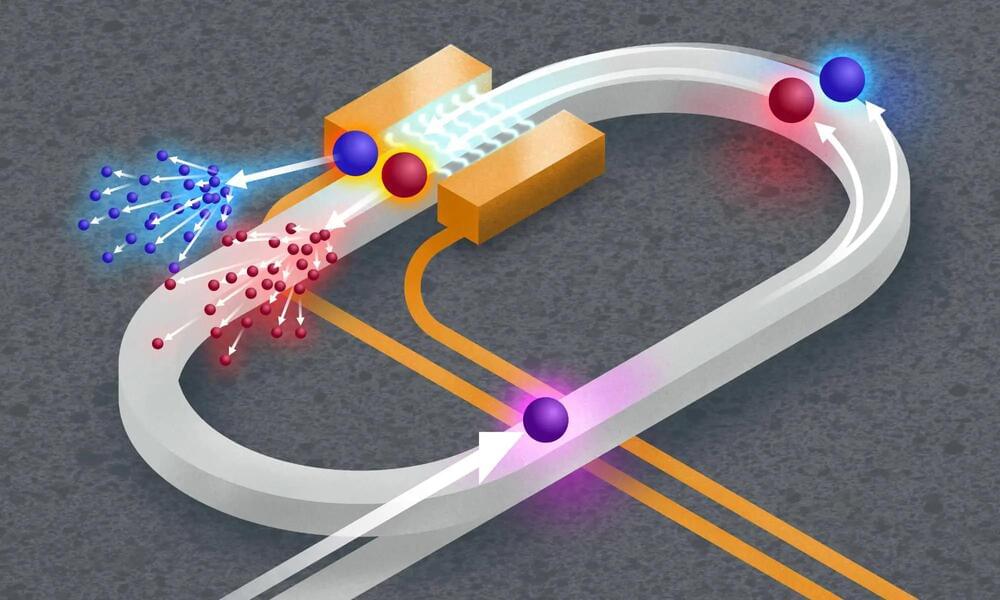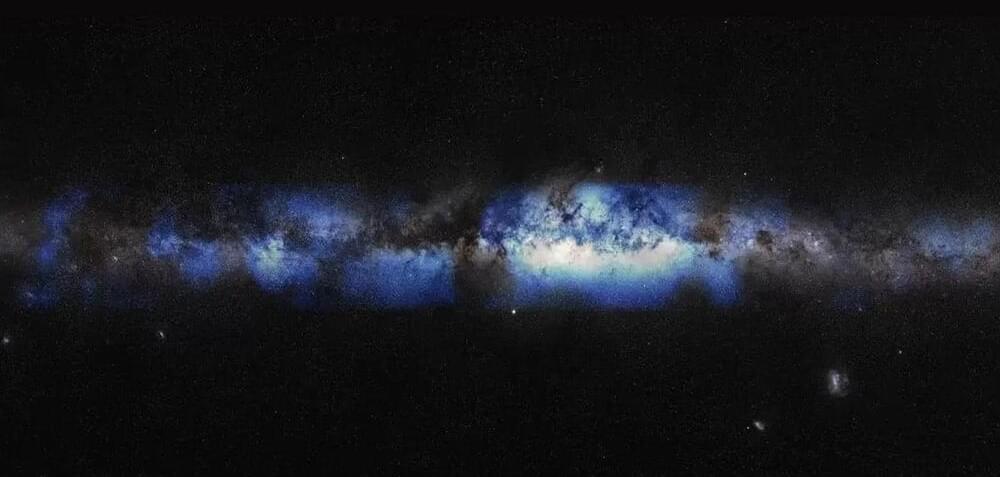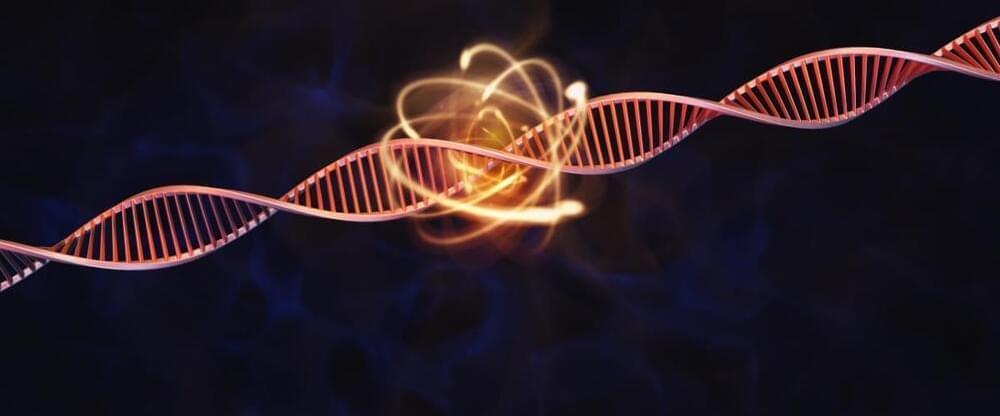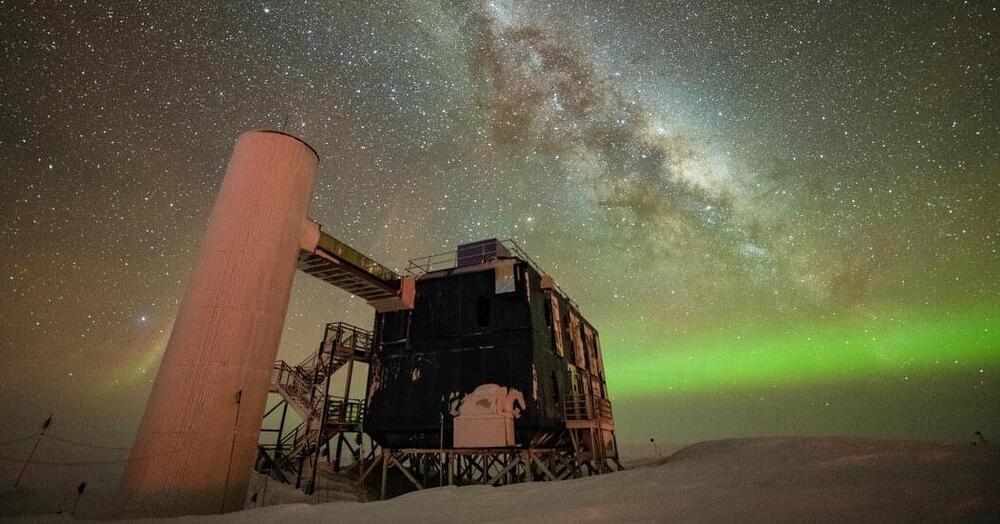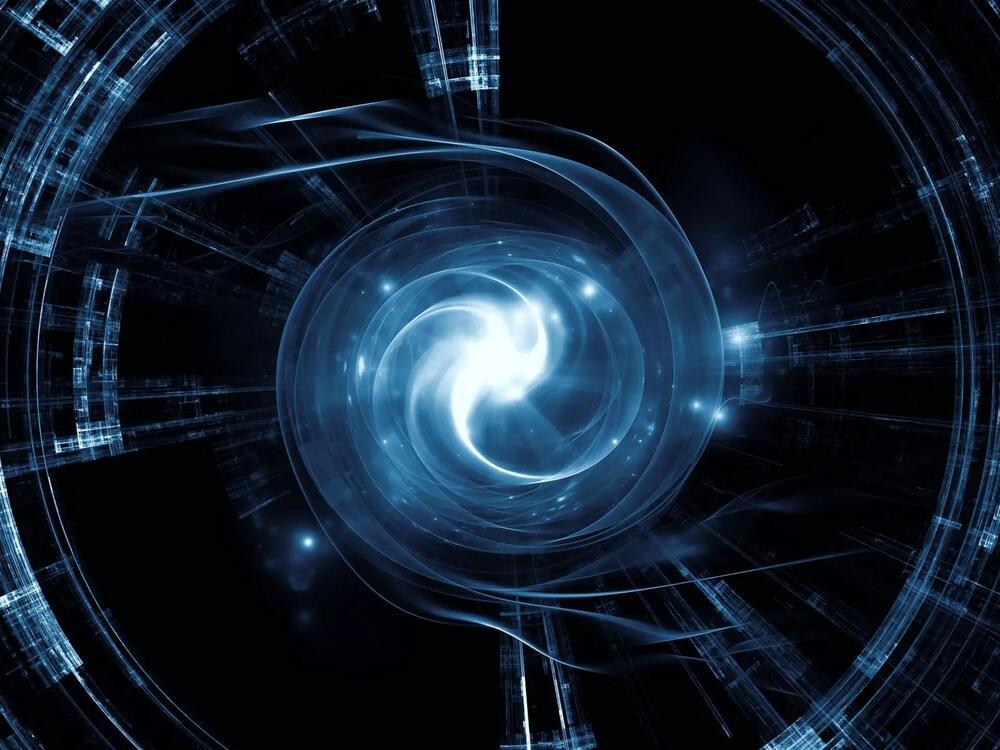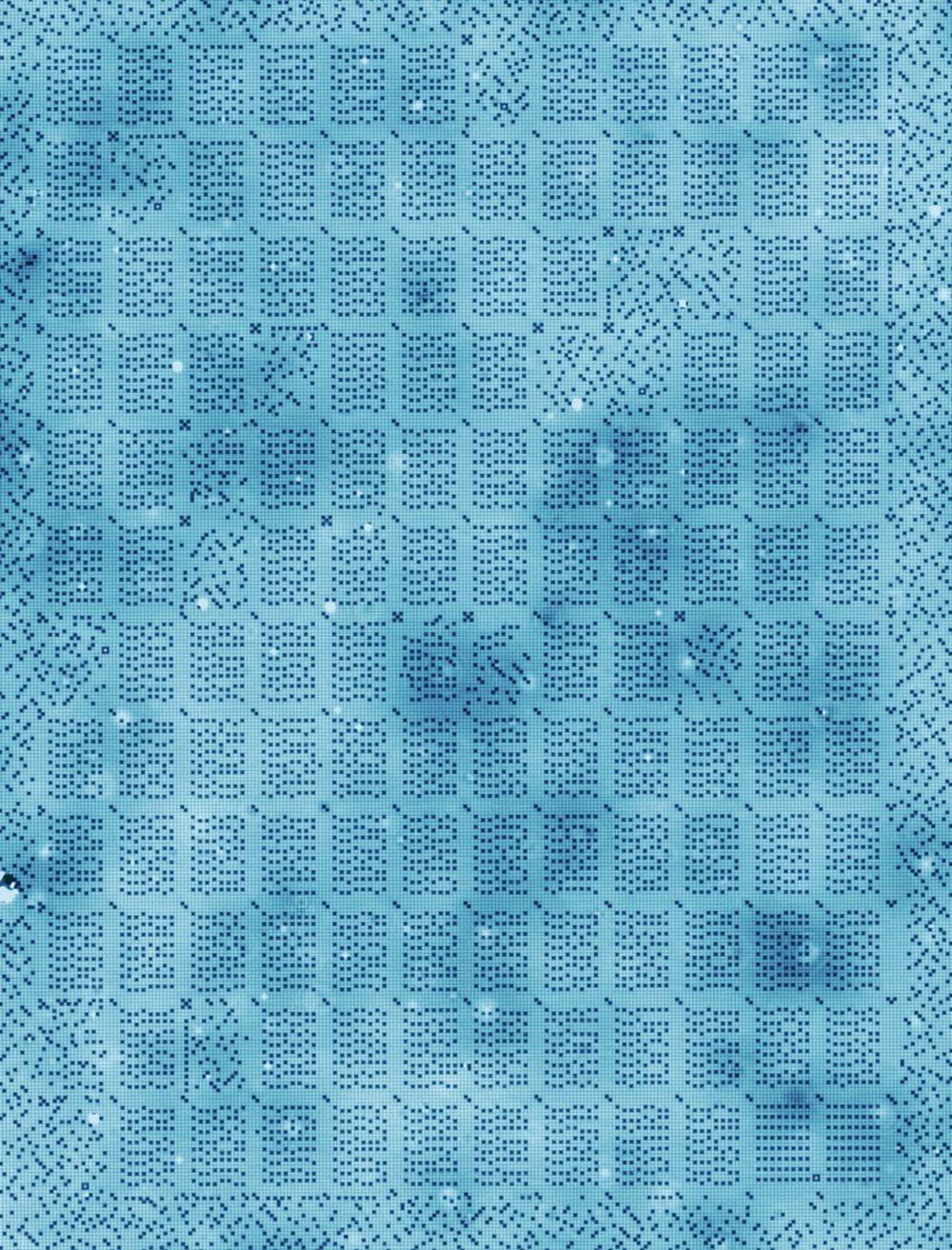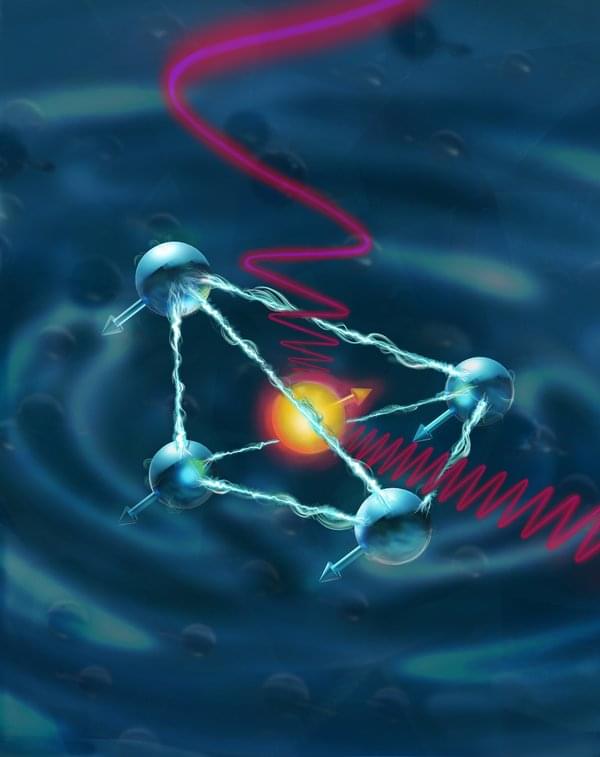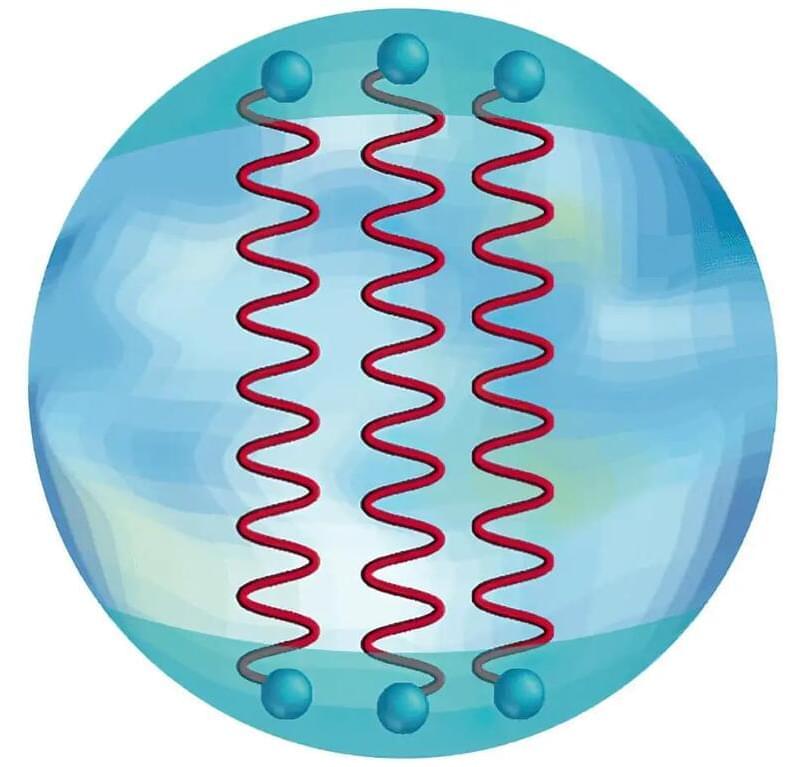Jul 3, 2023
New laser-based method could help scientists discover new puncture-resistant materials
Posted by Genevieve Klien in categories: particle physics, weapons
A bullet piercing the protective armor of a first responder, a jellyfish stinging a swimmer, micrometeorites striking a satellite: High-speed projectiles that puncture materials show up in many forms. Researchers constantly aim to identify new materials that can better resist these high-speed puncture events, but it has been hard to connect the microscopic details of a promising new material to its actual behavior in real-world situations.
To address this issue, researchers at the National Institute of Standards and Technology (NIST) have designed a method that uses a high-intensity laser to blast microscale projectiles into a small sample at velocities that approach the speed of sound. The system analyzes the energy exchange between the particle and the sample of interest at the micro level then uses scaling methods to predict the puncture resistance of the material against larger energetic projectiles, such as bullets encountered in real-world situations. This new method, described in the journal ACS Applied Materials & Interfaces, reduces the need to perform a lengthy series of lab experiments with larger projectiles and bigger samples.
“When you’re investigating a new material for its protective applications, you don’t want to waste time, money and energy in scaling up your tests if the material doesn’t pan out. With our new method we can see earlier if it’s worth looking into a material for its protective properties,” said NIST chemist Katherine Evans.
